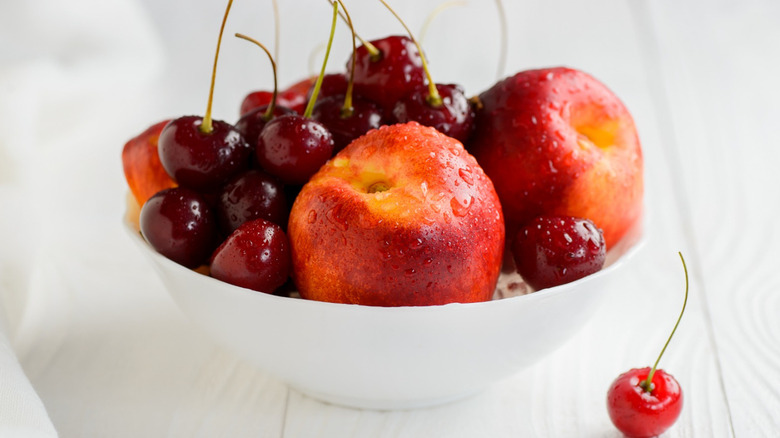How Stone Fruit Got Its Name
The origins of the term "stone fruit" are a captivating journey into botanical history and linguistic evolution. These delectable fruits, including peaches, plums, cherries, apricots, and more, have delighted our palates for generations. Yet, the name "stone fruit" encapsulates the unique relationship between these fruits and the people who have enjoyed them.
At the core of the name is a distinctive feature that sets this group of fruits apart: the large, hard pit or "stone" contained within each one. Botanically, this inner pit is referred to as a drupe and serves as a protective casing for the seed. The origins of the term can be traced back to Latin, where these fruits were initially labeled drupa, meaning "stone fruit," a phrase that perfectly encapsulated the essence of these fruits.
As time marched on, the name "stone fruit" embarked on a linguistic journey, adapting to the languages of various regions. In Italian, these fruits became known as "frutto di nocciolo," emphasizing the central pit or "nocciolo." In Spanish, they were referred to as "fruta de hueso," highlighting the fruit's bony core or "hueso." This linguistic diversity mirrored the global spread of these delectable fruits and their cultural significance. Beyond their biological attributes, the popularity of the fruits was further solidified by their culinary versatility. These fruits were cherished for their capacity to be preserved by drying or fermenting, making them essential for long winters or extended journeys.
Culinary uses
Stone fruits include an array of well-loved fruits and come in various shapes, sizes, and colors. But what truly sets stone fruits apart is their distinct flavors. Each variety brings its unique taste profile, from the sweet and slightly tangy notes of ripe peaches to the tartness of cherries. Their flavors contribute to their popularity as stand-alone snacks and cooking ingredients. These fruits are often associated with the summer season. Their peak freshness and availability during the warmer months make them a seasonal delicacy, eagerly anticipated by fruit enthusiasts.
Beyond their fresh appeal, stone fruits are incredibly versatile in culinary applications. They can be transformed into pies, jams, preserves, cobblers, and even find a place in savory dishes. Their adaptability in the kitchen is a significant part of their charm, appealing to both chefs and home cooks.
As their many regional name variations attest, these distinctive fruits are appreciated in kitchens and cultures worldwide.

